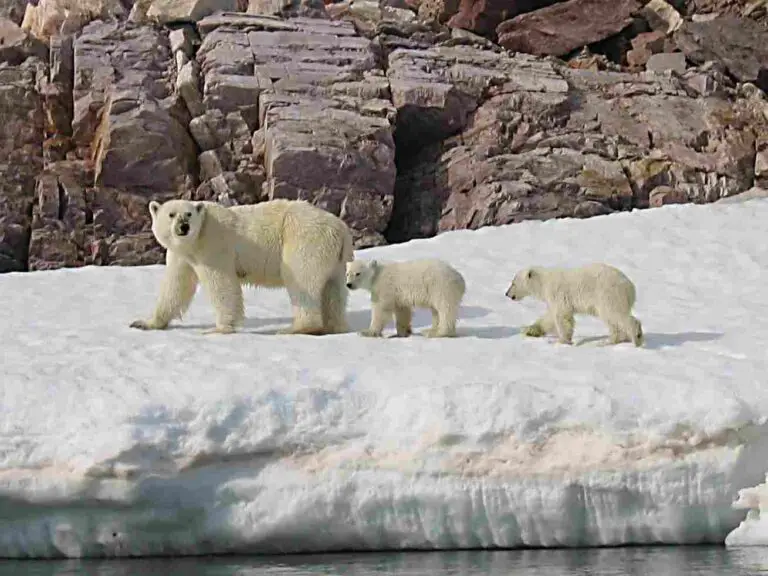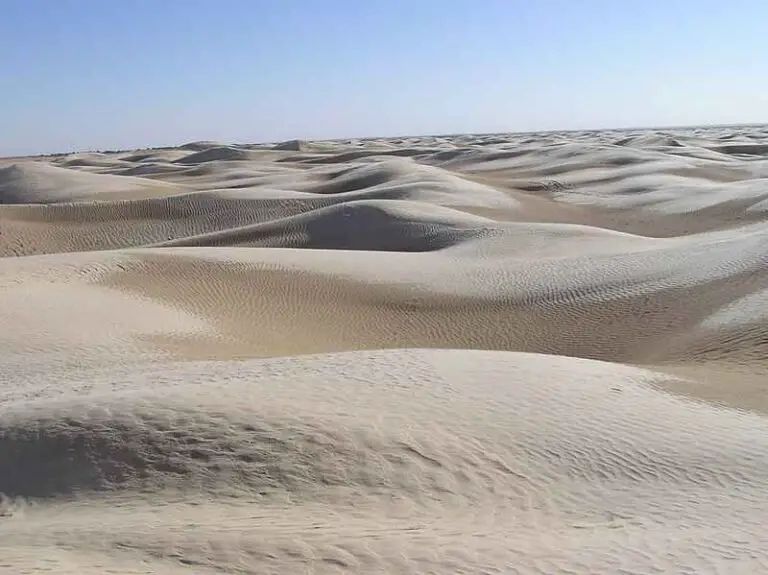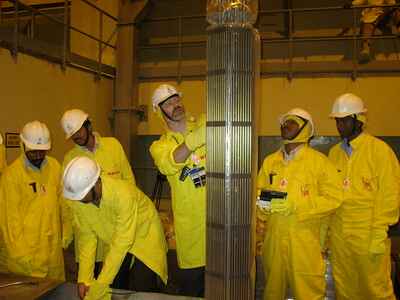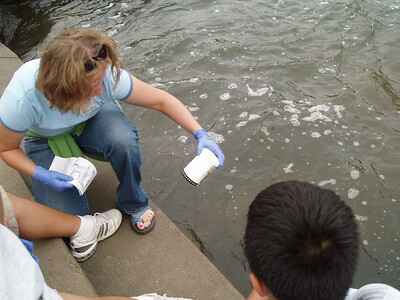Conservation Tillage Meaning, Purpose, and Comparison
Conservation tillage is a farming method whereby soil disturbance is minimized while cultivating crops [2]. This article discusses conservation tillage meaning, purpose, and comparison, as outlined below;
-Conservation Tillage Meaning: 7 Ways to Define Conservation Tillage
-Purpose of Conservation Tillage
-Conventional Tillage Vs Conservation Tillage: Comparison of Methods
Conservation Tillage Meaning: 7 Ways to Define Conservation Tillage
Conservation tillage is a broad term used to describe all farming methods that aim to reduce mechanical disturbance of soil.
Aside the minimization of soil disturbance, conservation tillage can also be defined in terms of the role played by residual biomass in this method ofsustainable farming. The alternative conservation tillage meaning below, further states this perspective;
Conservation tillage is a method of farming that involves the use of crop residue as an organic mulch, and the minimization of soil disturbance [3].
The purpose for leaving crop residue (from harvest and agricultural maintenance) on land in conservation tillage, is mainly to protect the land from various forms of environmental degradation.
For this reason, conservation tillage is often categorized among methods of soil conservation, water conservation, environmental remediation and soil restoration. In the following conservation tillage meaning, the factor of environmental degradation is highlighted;
Conservation tillage is the practice of conserving soil resources by reducing disturbance of the soil during crop cultivation, in order to mitigate erosion, leaching, stormwater pollution, fertility loss, compaction, desertification, and other forms of degradation.
Another factor of importance is the aspects and types of conservation tillage. Some of them are mentioned in the conservation tillage meaning below;
Conservation tillage is the cultivation of crops with minimal soil stirring or digging of soil, and may be performed in the form of strip till, mulch till, no till, or ridge till, among others [4].
Next, the conservation tillage meaning is outlined in terms of compatibility with other practices of sustainable agriculture;
Conservation tillage is a minimal-soil-disturbance method of farming that can be integrated withcrop rotation, cover cropping, biodynamic farming, and composting to maximize sustainability and productivity.
The following conservation tillage meaning portrays the concept in terms of its advantages;
Conservation tillage is a sustainable farming practice that improves soil fertility, infiltration, moisture retention, structure and microbial composition by reducing mechanical disturbance [6].
Disadvantages of conservation tillage are also important to define the concept. A major problem with conservation tillage is the use of herbicides to control weeds, in the absence of mechanical weeding. Other disadvantages are mentioned in the alternative conservation tillage meaning that is given below;
Conservation tillage is the cultivation of crops with minimal soil disturbance and increased long-term productivity, although challenges like high capital cost, labor demand, herbicide use, and amendment limitations may be encountered.
There are other terms which may be used in place of conservation tillage in literature. They include conservation plowing, reduced tillage, zero tillage, and conservation agriculture.
Purpose of Conservation Tillage
The purpose of conservation tillage is to conserve soil; by improving moisture retention and mitigating leaching and erosion. These three aspects are each discussed briefly as follows;
1). Moisture Retention Improvement (as part of the Purpose of Conservation Tillage)
Conservation tillage improves moisture retention of soil, by optimizing bulk density and infiltration rates [1].
The practice of conservation tillage is similar to energy conservation, because it turns the soil into a semi-closed system, improves internal properties, and reduces loss of resources like nutrient and water.
By maintaining the topsoil, overall water-holding capacity can be increased. Crop residue that covers the soil helps to prevent excessive evaporation, while an optimized soil structure improves the rate of infiltration and reduces runoff and erosion.
Lastly, conservation tillage optimizes moisture retention of soil by enhancing microbial characteristics and moisture-dependent processes of the soil ecosystem, such as biodegradation.

2). Leaching Mitigation (as part of the Purpose of Conservation Tillage)
All forms of leaching are mitigated by conservation tillage.
This includes the leaching of herbicides, pesticides and fertilizer chemicals into the soil [7].
By mitigating leaching, conservation tillage conserves soil nutrients, and protects groundwater from the harmful effects of chemical leaching into aquifers. Stormwater pollution and stream/river contamination are also mitigated.
The main factor that helps control leaching in conservation tillage is organic matter, or biomass.
Because conservation tillage involves residue accumulation, it increased soil organic carbon (SOC) content over time [5]. A layer of organic matter over the topsoil increases absorption rates and reduces runoff and water mobility which are causes of leaching.
The mitigation of leaching is simultaneous with the enhancement of fertility, meaning that fertility enhancement is also an aspect of the purpose of conservation tillage.

3). Erosion Mitigation (as part of the Purpose of Conservation Tillage)
Unlike conventional tillage which loosens and exposes soil to degradation, conservation tillage preserves, improves and fortifies the structure of soil.
Erosion mitigation is one of the most important aspects of the purpose of conservation tillage, because erosion is a common and severe problem affecting agriculture worldwide.
The factors that enable conservation tillage to be effective for erosion mitigation include mulching which is provided by crop residue, and infiltration.
Integrating conservation tillage with methods like contour farming, can help mitigate erosion in hilly regions.
Conventional Tillage Vs Conservation Tillage: Comparison of Methods
Conventional tillage involves soil disturbance, compaction and exposure to degradation, and is an unsustainable method when compared to conservation tillage.
In conservation tillage, the risk of leaching, groundwater pollution, and erosion are reduced, unlike conventional tillage [7].
The table below compares conventional and conservation tillage practices, based on a number of important criteria.
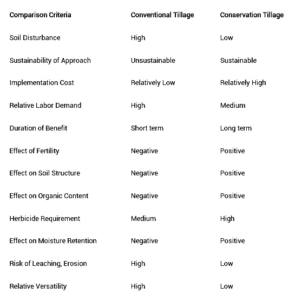
Conclusion
Conservation tillage is a sustainable farming practice that aims to conserve and improve soil by minimizing mechanical disturbance or tillage.
The purpose of conservation tillage is soil conservation, which can be achieved through moisture content optimization, and mitigation of soil degradation.
Conservation tillage differs from conventional tillage by being sustainable. Its benefits include long term productivity, erosion mitigation, increased productivity and fertility; and leaching control.
References
1). Bekele, D. (2020). “The Effect of Tillage on Soil Moisture Conservation: A Review.” International Journal of Research Studies in Computing Volume 6(Issue 10):PP 30-41. Available at: https://doi.org/10.20431/2454-6224.0610004. (Accessed 3 September 2022).
2). Busari, M. A.; Kukal, S. S.; Kaur, A.; Bhatt, R.; Dulazi, A. A. (2015). “Conservation tillage impacts on soil, crop and the environment.” International Soil and Water Conservation Research 16(2). Available at: https://doi.org/10.1016/j.iswcr.2015.05.002. (Accessed 3 September 2022).
3). Chaudhary, V. P.; Patel, A.; Higginbottom, S.; Pramanik, M. (2017). “Effect of conservation tillage and crop residue management on soil physical properties and crop productivity of wheat.” Ama, Agricultural Mechanization in Asia, Africa & Latin America 48(4):62-70. Available at: https://www.researchgate.net/publication/323412484_Effect_of_conservation_tillage_and_crop_residue_management_on_soil_physical_properties_and_crop_productivity_of_wheat. (Accessed 3 September 2022).
4). Derpsch, R. (2003). “Conservation Tillage, No-Tillage and Related Technologies.” Available at: https://doi.org/10.1007/978-94-017-1143-2_23. (Accessed 3 September 2022).
5). Li, Y.; Li, Z.; Chang, S. X.; Cui, S.; Jagadamma, S.; Zhang, Q.; Cai, Y. (2019). “Residue retention promotes soil carbon accumulation in minimum tillage systems: Implications for conservation tillage.” Available at: https://doi.org/10.1101/746354. (Accessed 3 September 2022).
6). Sapkota, T. B. (2012). “Conservation Tillage Impact on Soil Aggregation, Organic Matter Turnover and Biodiversity.” Organic Fertilisation, Soil Quality and Human Health (pp.141-160). Available at: https://doi.org/10.1007/978-94-007-4113-3_6. (Accessed 3 September 2022).
7). Subbulakshmi, S.; Chandrasekaran, H.; Saravanan, N.; Subbian, P. (2009). “Conservation Tillage – An Eco Friendly Management Practices for Agriculture.”Available at: https://www.researchgate.net/publication/267260747_Conservation_Tillage_-_An_Eco_Friendly_Management_Practices_for_Agriculture. (Accessed 3 September 2022).
